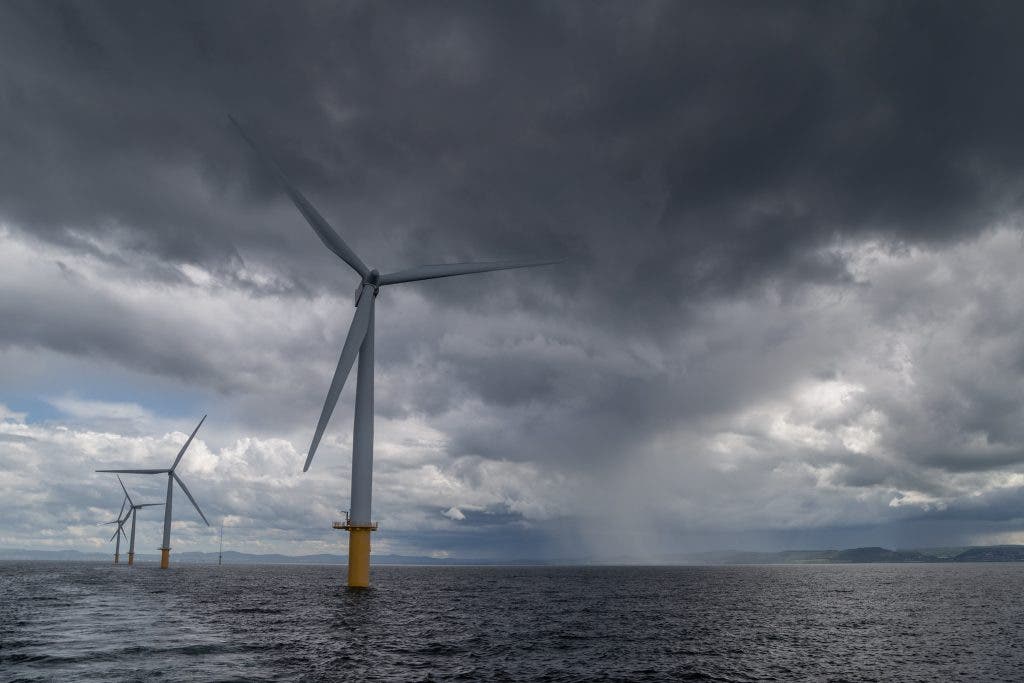Renewable energy keeps on expanding and getting cheaper around the world, even despite the Covid-19 pandemic. Almost two-third of solar and wind projects that were built around the world last year will generate cheaper electricity than new fossil fuel options, according to a report by the International Renewable Energy Agency (IRENA).

Targeted policy support, new technologies, and industry impetus have seen solar and wind power go from an expensive niche option to a fierce competitor. In the process, IRENA said, it’s become clear that renewables will become the backbone of the electricity system and help decarbonize electricity generation.
“Today, renewables are the cheapest source of power,” said IRENA’s Director-General Francesco La Camera in a statement. “Renewables present countries tied to coal with an economically attractive phase-out agenda that ensures they meet growing energy demand, while saving costs, adding jobs, boosting growth and meeting climate ambition.”
Cheaper renewables
Irena’s new “Renewable Power Generation Costs” report showed that 162 gigawatts (GW) or 62% of total renewable power generation incorporated last year had lower costs than new fossil fuels. Low-cost renewables give developed and developing countries a strong business case to power past coal in pursuit of a net-zero economy, IRENA said.
The renewable projects added last year will reduce costs in the electricity sector by at least $6 billion per year in emerging countries, compared to adding the same amount of fossil fuel-fired generation. Two-thirds of these savings will come from onshore wind, followed by hydropower and solar PV. Cost savings come in addition to economic benefits and reduced carbon emissions.
“We are far beyond the tipping point of coal,” La Camera said. “Following the latest commitment by G7 to net-zero and stop global coal funding abroad, it is now for G20 and emerging economies to match these measures. We cannot allow having a dual-track for energy transition where some countries rapidly turn green and others remain trapped in the fossil-based system of the past.”
There’s also plenty of room for improvement: IRENA also reported a 16% decline in solar power costs last year, in line with a 13% drop of onshore wind and a 9% drop of offshore wind. This wasn’t something exclusive to 2020 and instead was part of a longer trend where renewables keep getting cheaper and cheaper. The cost of large-scale solar power dropped 85% since 2010, followed by a 56% decline of onshore wind and a 48% decline of offshore wind.
The past decade (2010-2020) saw a big improvement in the competitiveness of solar and wind technologies, increasingly outcompeting new fossil fuels. With record-low auction prices of $1.1 to 3 cents per kWh today, solar PV and onshore wind continuously undercut even the cheapest new coal option without any financial support, IRENA explained
The report also showed that new renewables beat existing coal plants on operating costs too, stranding coal power as increasingly uneconomic. In the US, for example, 149 GW or 61% of the total coal capacity costs more than new renewable capacity. Retiring and replacing these plants with renewables would cut expenses by $5.6 billion per year.
Renewable costs will almost certainly continue falling even further, with onshore wind energy becoming 20-27% lower than the cheapest new coal-fired generation option. Around 74% of all new solar PV projects commissioned over the next two years that have been competitively procured through auctions and tenders will have an award price lower than new coal power, IRENA concludes.





